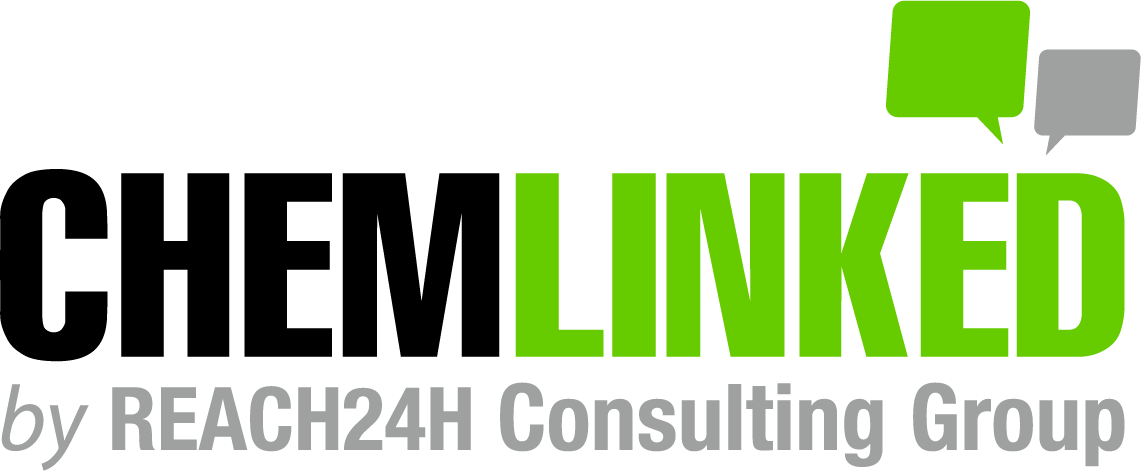Editor's Note: This article was originally published on October 20, 2023, and was updated on November 14, 2023, as per the latest developments.
Updates
On November 14, 2023, the U.S. Food and Drug Administration (FDA) released an updated version of the Structured Product Labeling (SPL) Implementation Guide with Validation Procedures. This guide encompasses modifications to both cosmetic product facility registrations and product listings that are included within the SPL framework. 2
In a significant move towards streamlining cosmetic product registrations and listings, the U.S. Food and Drug Administration (FDA) rolled out a comprehensive Structured Product Labeling (SPL) Implementation Guide with Validation Procedures (the Implementation Guide) on October 13, 2023. This development comes on the heels of the recent unveiling of Cosmetics Direct, the electronic submission portal through a draft guidance, which requires cosmetic registration and listing data to be electronically submitted in the SPL format, aligning with the submission format for drug products. 1
The Implementation Guide can be used to develop SPL authoring tools. Once the FDA begins accepting data, industry users will have the option to transmit their SPL-formatted submissions through the FDA's Electronic Submission Gateway (ESG), or leverage SPL authoring software like Xforms, for cosmetic product facility registrations and product listings—requirements set forth by the Modernization of Cosmetics Regulation Act of 2022 (MoCRA).
Looking ahead, the FDA plans to launch Cosmetics Direct accessible at https://direct.fda.gov/. This portal, exclusively designed for cosmetic products, will also serve as an FDA-provided SPL authoring tool, complete with user-friendly data entry forms, initial validation checks, and the capability to create, save, and submit SPLs to the FDA for internal processing. Importantly, this eliminates the need to engage the ESG for this specific process.
What is SPL?
Structured Product Labeling (SPL) stands as a sanctioned document by health level seven (HL7) for the exchange of product and facility-related information. It acts as a cornerstone reference for regulatory guidance documents and product labeling content exchange. This standardized approach to product information not only bolsters control but also serves as a safety and usability benchmark for consumers.
The FDA's adoption of SPL dates back to 2005, when it mandated the use of XML compliant with the SPL standard for electronic submissions. This standard outlines the content and structure prerequisites for product labeling submissions to the FDA. By employing consistent structure and standard terminology, SPL enhances the accuracy and reliability of product information, contributing to the overall safety and satisfaction of patients and customers alike.



 We provide full-scale global cosmetic market entry services (including cosmetic registering & filing, regulatory consultation, customized training, market research, branding strategy). Please contact us to discuss how we can help you by
We provide full-scale global cosmetic market entry services (including cosmetic registering & filing, regulatory consultation, customized training, market research, branding strategy). Please contact us to discuss how we can help you by 









